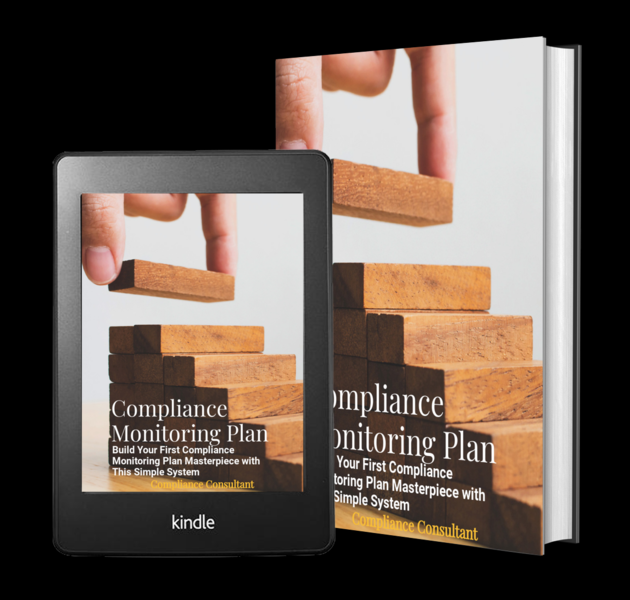





Build Your Compliance Monitoring Plan
Introduction to FCA Compliance Monitoring Plans
In the dynamic world of financial services, adherence to the Financial Conduct Authority (FCA) regulations isn't just a legal requirement—it's a cornerstone of trust and integrity. A well-crafted Compliance Monitoring Plan (CMP) stands as the sentinel, ensuring that firms not only meet but exceed regulatory expectations.
Key Elements of a Successful Compliance Monitoring Plan
- Risk Assessment: The first step in safeguarding your operations starts with a thorough risk assessment. By understanding where your firm stands most vulnerable to non-compliance, you can tailor your monitoring activities to be both effective and efficient. This involves a comprehensive analysis of your firm's specific operations, client engagements, and market activities to pinpoint potential compliance pitfalls.
- Compliance Monitoring Activities: The heart of your CMP lies in its activities—ranging from regular audits to impromptu spot checks and ongoing employee education. Crafting a schedule that reflects the unique risk profile of your firm ensures that monitoring efforts are both targeted and timely.
- Responsibility and Accountability: Clear demarcation of roles and responsibilities is crucial for a seamless compliance framework. Ensuring that each team member knows what is expected of them in terms of compliance duties underpins the entire monitoring process with a foundation of accountability.
Developing an Effective CMP
- Setting Objectives: Begin with the end in mind by setting clear, actionable objectives for your CMP. These should align not just with regulatory mandates but also with your firm’s broader business objectives, creating a synergy that drives both compliance and growth.
- Creating the Monitoring Plan: Armed with objectives and a deep understanding of your firm's risk landscape, draft your CMP with a focus on practical, actionable monitoring activities. Remember, flexibility is key; as regulations evolve, so too should your CMP.
- Implementation Strategies: The best plan is only as good as its execution. Engaging your team, fostering a compliance-first culture, and employing best practices in implementation will ensure that your CMP is not just a document, but a dynamic, living framework that guides your firm's operations.
Review and Improvement of the CMP
- Monitoring and Reporting: Effective compliance monitoring is an ongoing process, not a one-off checklist. Regular reporting, real-time tracking of compliance activities, and an established process for escalating issues are vital for a responsive, robust CMP.
- Continuous Improvement: The regulatory landscape is ever-changing, and your CMP should be too. Incorporate learnings, feedback, and regulatory updates into your plan to keep it as current and effective as possible.
Conclusion
A Compliance Monitoring Plan is more than a regulatory requirement; it's a blueprint for operational excellence and integrity in the financial services sector. By embedding compliance into the DNA of your business, you not only safeguard against regulatory breaches but also build a foundation for sustained success and trust with your staff and management.
VAT will be added at checkout.
Affiliates
Like this product?
Spread the word about it and earn 50.00% of the purchase price on sales you refer.
Join our affiliate program